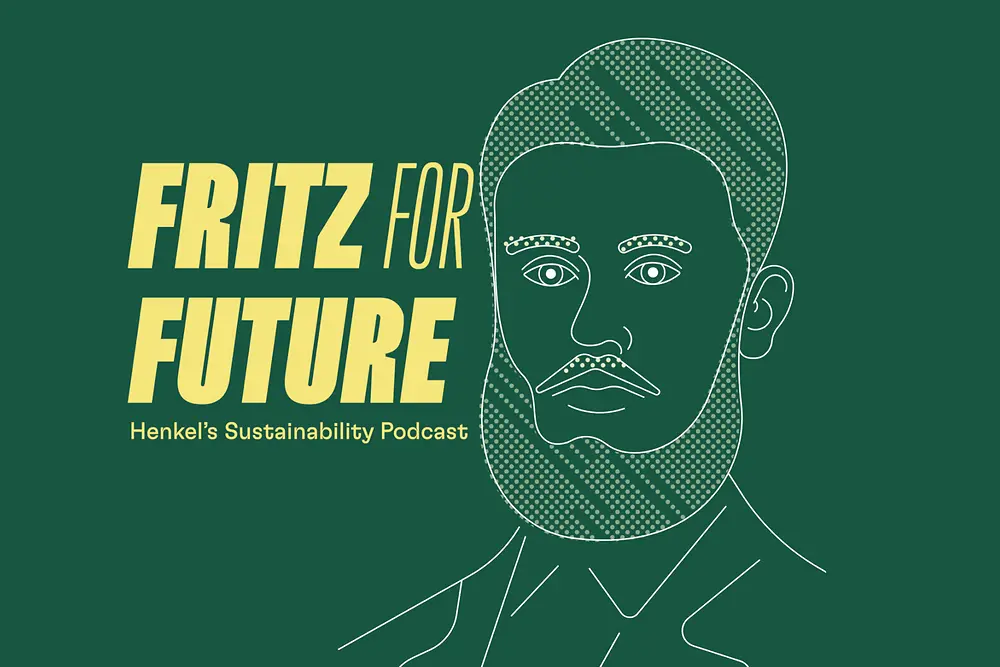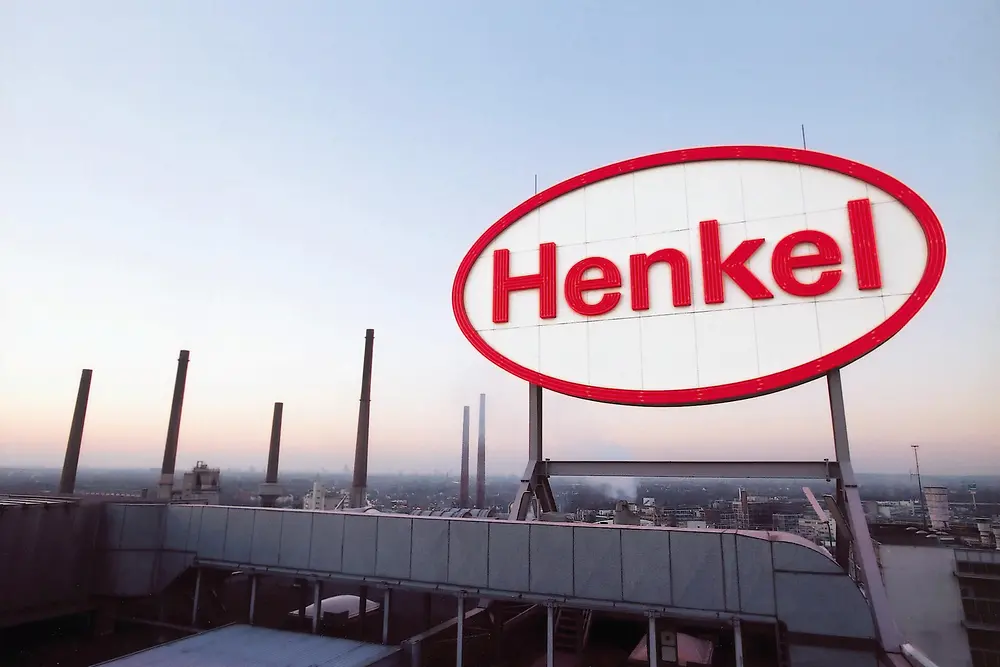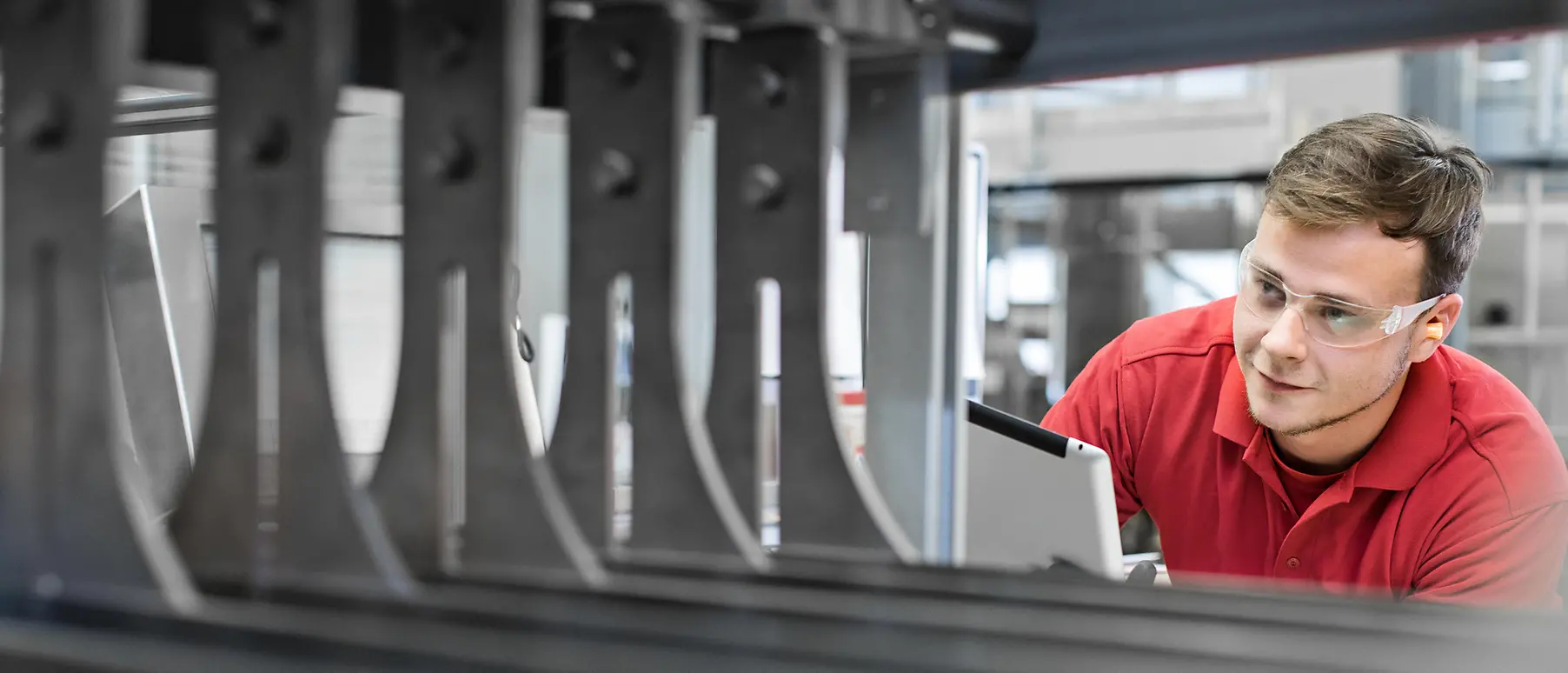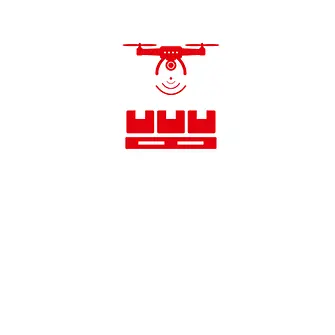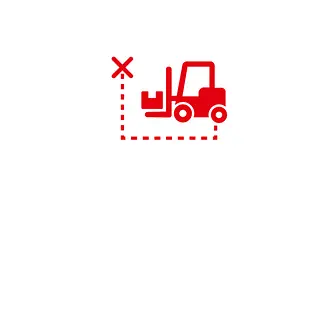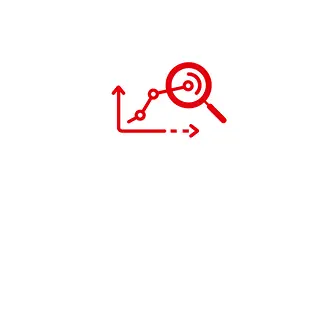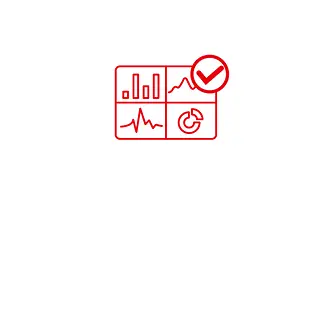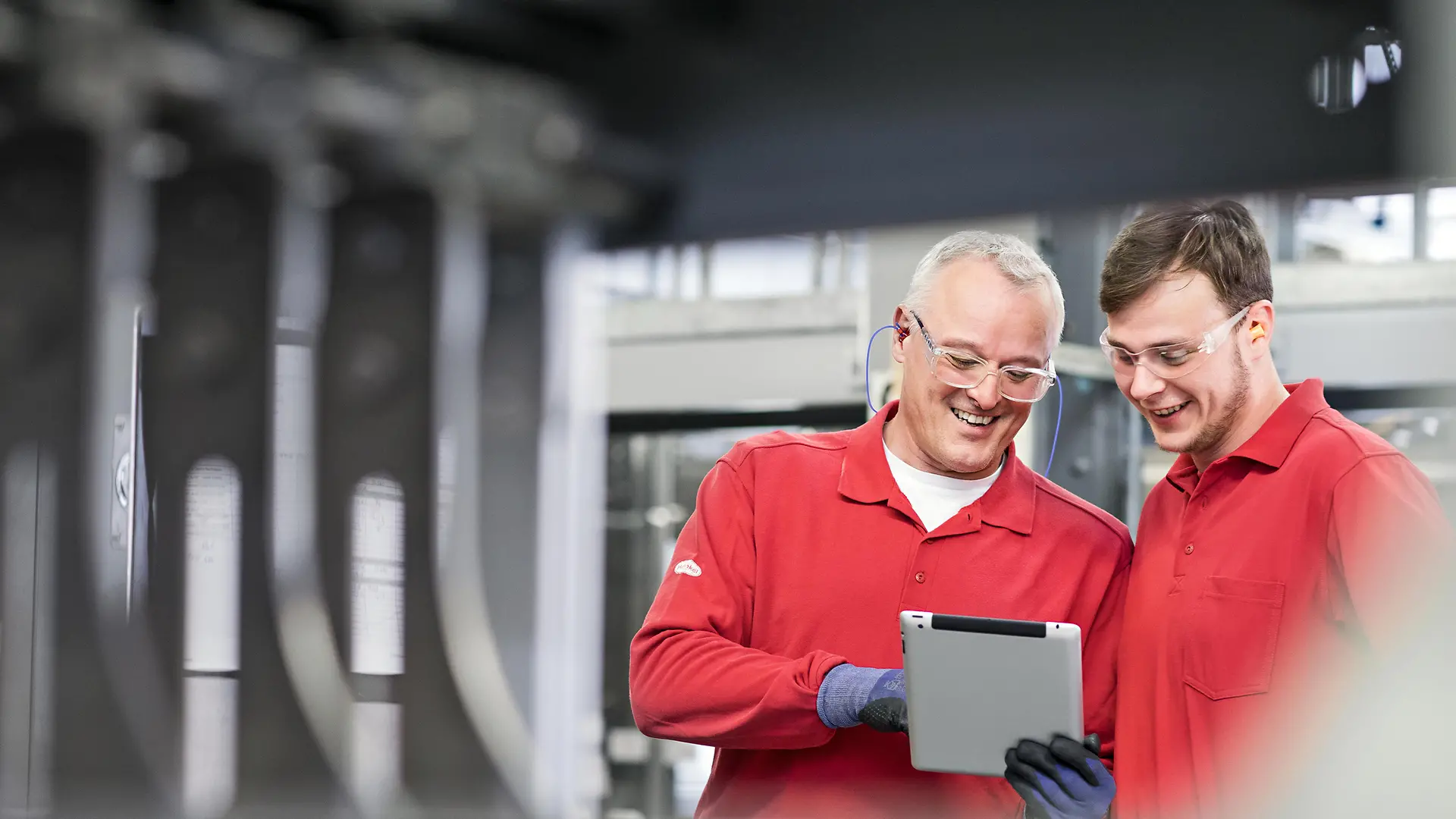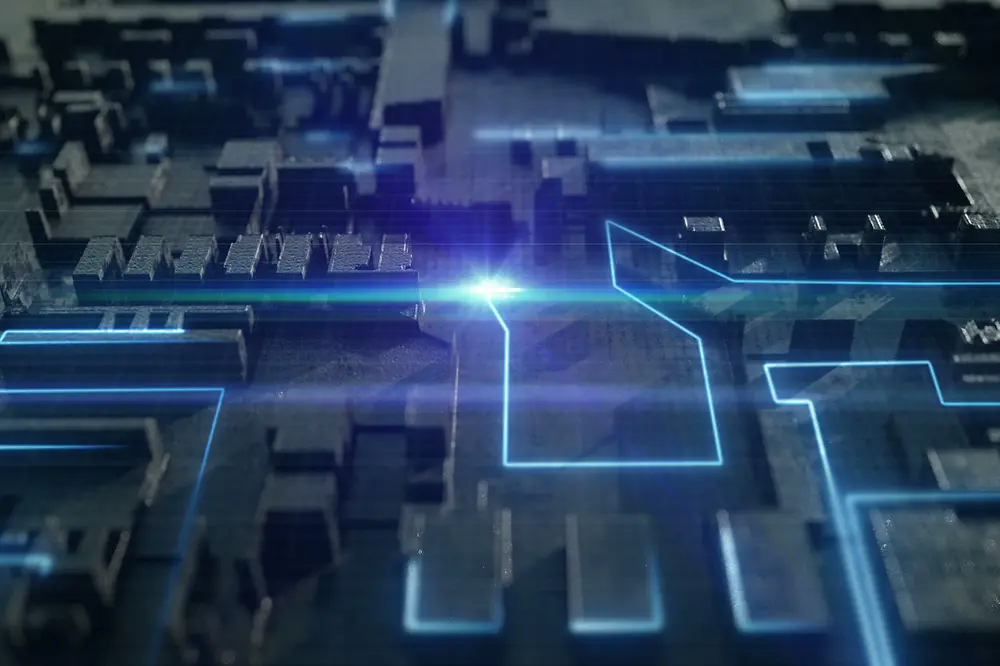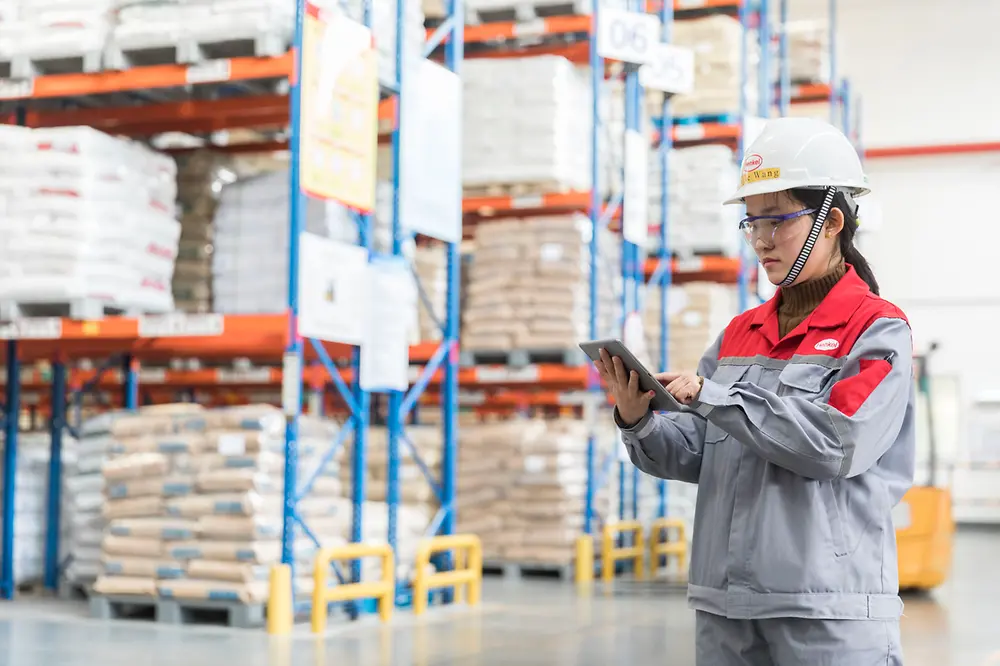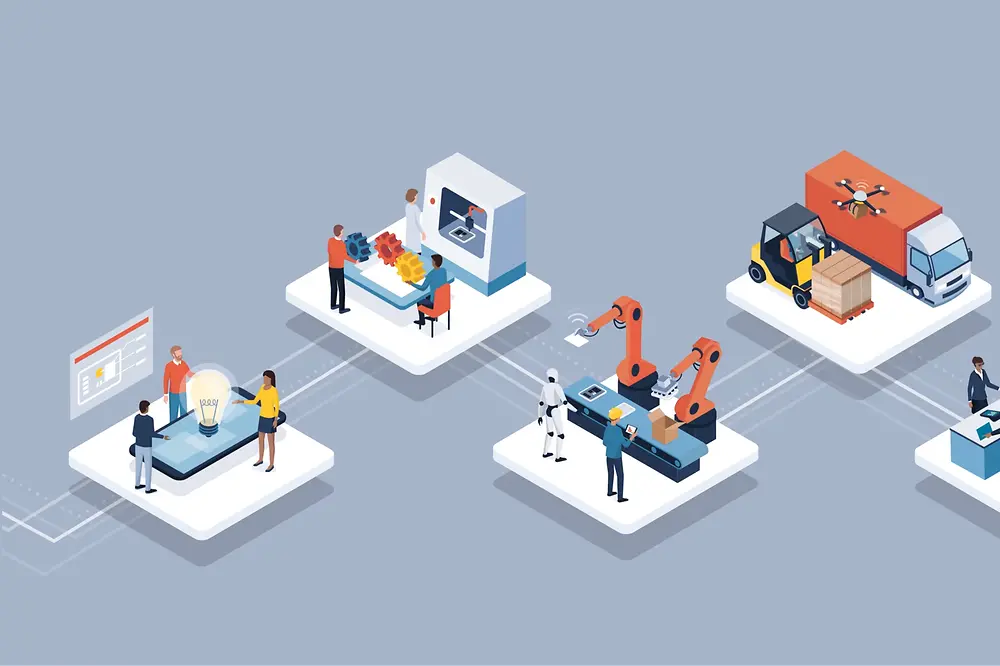Automation requires the interaction between man and machine. For instance, plant layouts need to be readily available before they can be uploaded into self-driving vehicles. Employees then define where the vehicles are allowed to drive, simulate the flow of materials and control the applications. “These people have to be able to read the layouts, upload them and operate the forklift. We prepare them for this and bring them into the loop during development. They are also present when the units are installed,” Weber explains. With every production step that Henkel digitalizes, the goal is to make better use of machines, avoid production standstills and improve supply reliability. This, however, doesn’t mean that because of automation, fewer people are involved: “In Düsseldorf, three employees currently operate two high-speed filling lines. No digital technology could replace any of them,” he insists.
To digitalize the entire supply chain, Henkel needed to start early. For the Laundry & Home Care business unit, experts like Weber are driving Industry 4.0. They have defined three essential topics that created the foundation for automation: first, the “digital backbone” collects continuously generated data from around the world, including all applications, robots and a total of 3,500 sensors in the warehouses and factories. The second area is big data analytics, used to process real-time data, and the third is “paperless operations” – the interface with employees. This includes all the information that people need, but is no longer available as a handbook or printout, such as an efficiency curve on a screen, or information inside an app. The key for Weber and his team is to provide colleagues with the contents that they actually need. “We are not developing expert systems for ourselves. Everything that is created centrally needs to help our colleagues around the world and should be integrated as quickly as possible,” Weber says.
At Henkel, automation is not a job-cutting program. We support our employees with the global "Digital Upskilling" program to teach them digital skills for the future at an early stage.
Automation requires “Digital Upskilling”
Since automation creates new areas of responsibility, employees have to be trained accordingly. With the training program “Digital Upskilling,” Henkel assesses the digital competence of all its employees and then offers them a personalized course. Weber and his colleagues have created a lot of educational content. Because not all processes are the same across the supply chain, there is even a dedicated training channel for working with the data collector. “We are dealing with historical structures where, as long as a machine is still working, we don’t replace it. That means we have to enhance the machines and create technical workarounds that our colleagues can operate,” says Weber. According to him, this may not turn every Henkel production plant into a smart factory – but it does mean every site has the basic digital capabilities to be online and access all crucial data.


